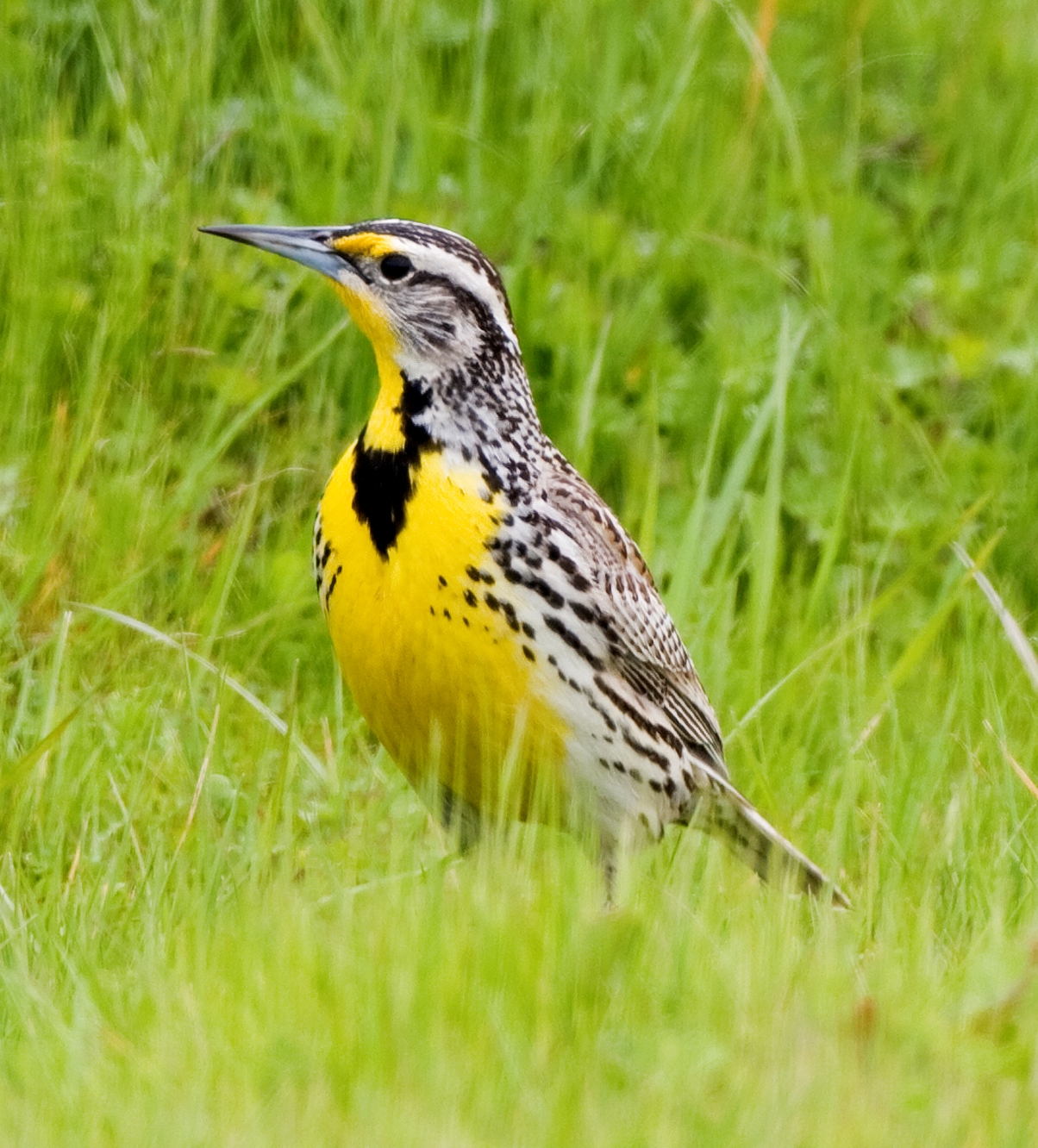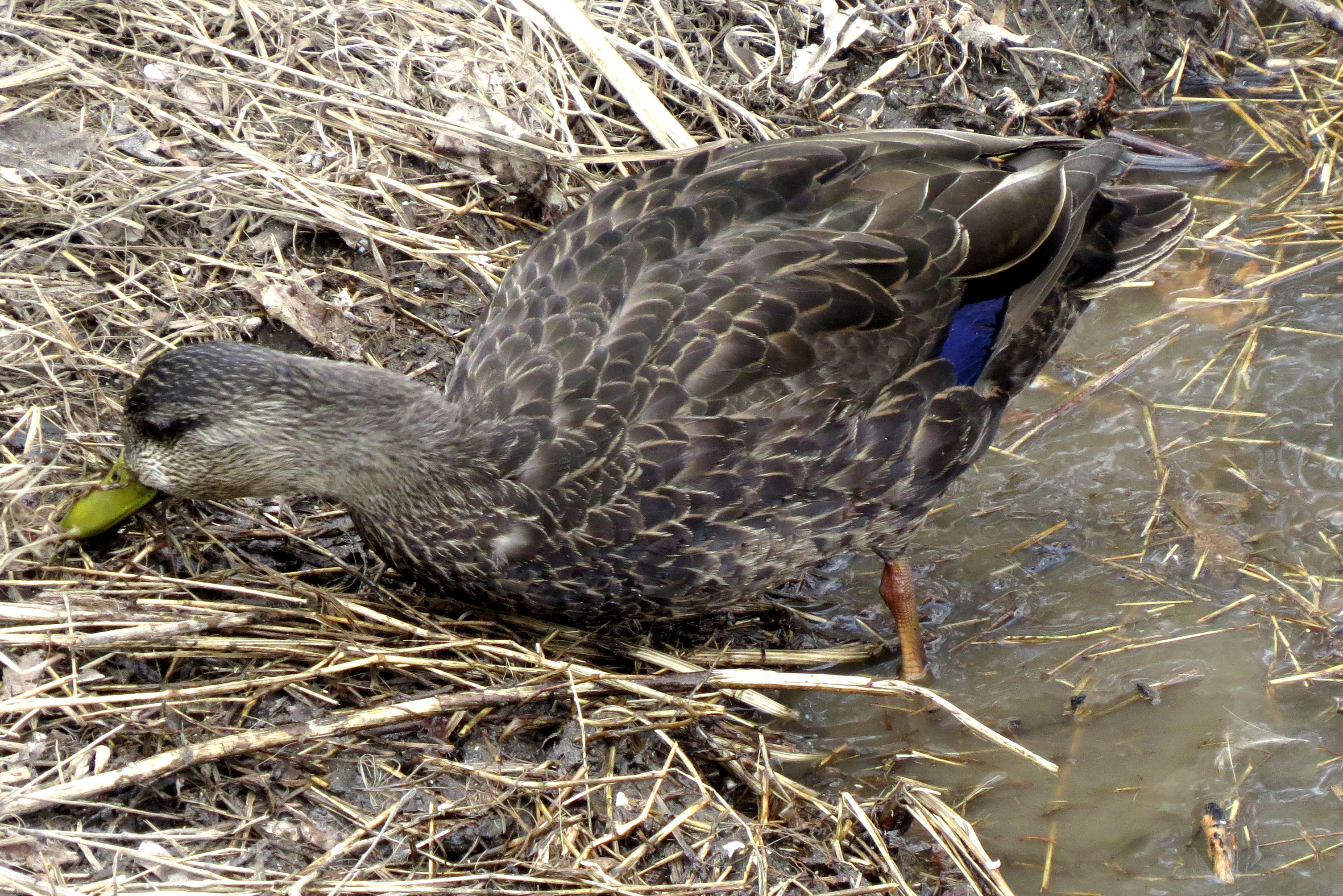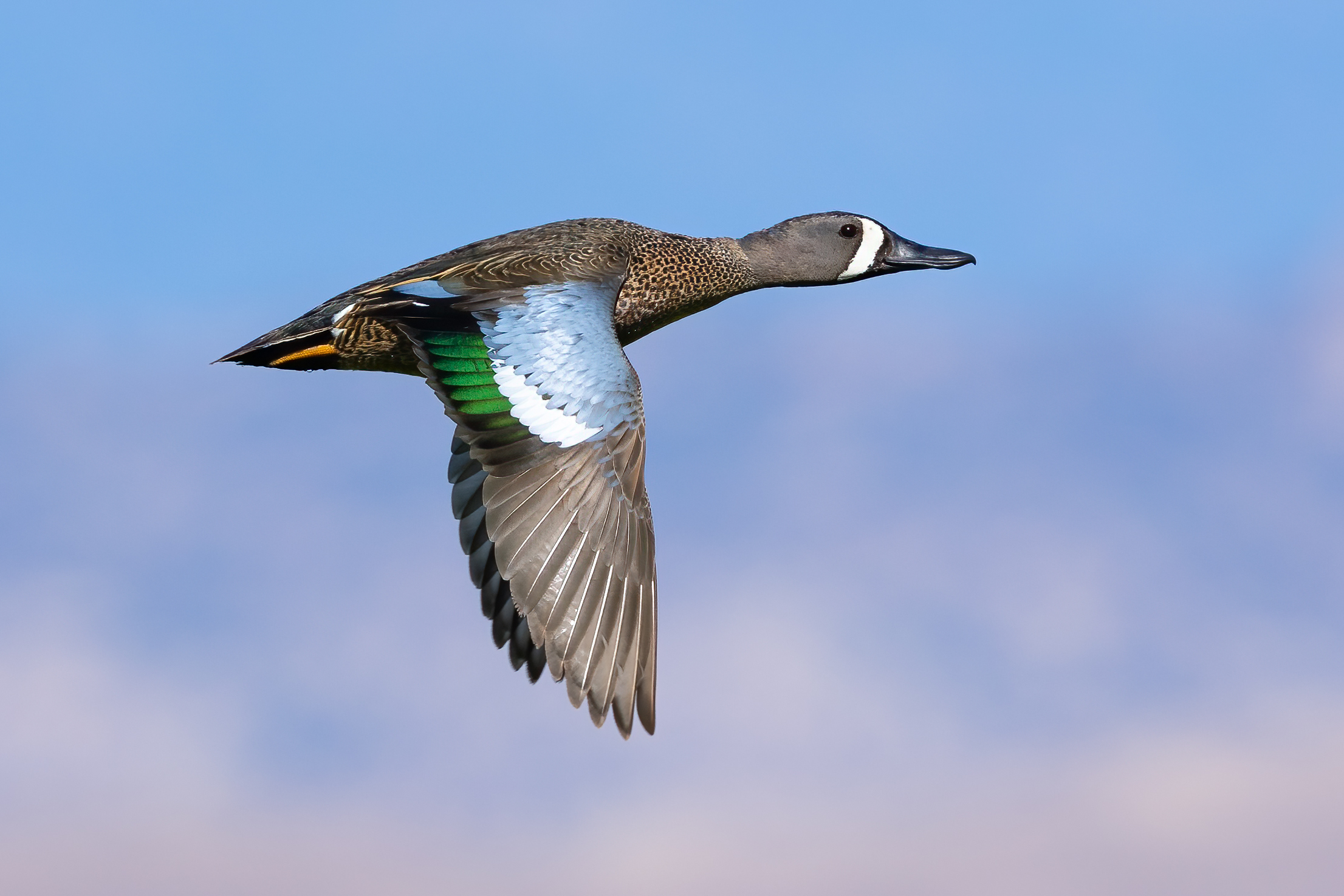|
List Of Birds Of Montana
This list of birds of Montana includes species documented in the U.S. state of Montana and accepted by the Montana Bird Records Committee (MBRC). As of July 2021, there are 442 species included in the official list. Of them, 104 are on the review list (see below) and eight have been introduced to North America. An additional 10 species are on a separate supplemental list. This list is presented in the taxonomic sequence of the ''Check-list of North and Middle American Birds'', 7th edition through the 62nd Supplement, published by the American Ornithological Society (AOS). Common and scientific names are also those of the ''Check-list'', except that the common names of families are from the Clements taxonomy because the AOS list does not include them. Unless otherwise noted, all species listed below are considered to occur regularly in Montana as permanent residents, summer or winter visitors, or migrants. These tags are used to annotate some species: * (R) Review list - ... [...More Info...] [...Related Items...] OR: [Wikipedia] [Google] [Baidu] |
Western Meadowlark
The western meadowlark (''Sturnella neglecta'') is a medium-sized icterid bird, about in length. It nests on the ground in open grasslands across western and central North America. It feeds mostly on bugs, but will also feed on seeds and berries. The western meadowlark has distinctive calls described as watery or flute-like, which distinguish it from the closely related eastern meadowlark. The western meadowlark is the state bird of six states: Montana, Kansas, Nebraska, North Dakota, Oregon, and Wyoming. Taxonomy The western meadowlark was formally described in 1844 by the American ornithologist John James Audubon under its current binomial name ''Sturnella neglecta''. The specific epithet is from the Latin ''neglectus'' meaning "ignored", "overlooked", "neglected" or "disregarded". Audubon explained that although the account of the Lewis and Clark Expedition of 1803–1806 mentioned yellow larks, these had never been formally described. The type locality is Old Fort Un ... [...More Info...] [...Related Items...] OR: [Wikipedia] [Google] [Baidu] |
Trumpeter Swan
The trumpeter swan (''Cygnus buccinator'') is a species of swan found in North America. The heaviest living bird native to North America, it is also the largest extant species of waterfowl, with a wingspan of 185 to 250 cm (6 ft 2 in to 8 ft 2 in). It is the American counterpart and a close relative of the whooper swan (''Cygnus cygnus'') of Eurasia, and even has been considered the same species by some authorities. By 1933, fewer than 70 wild trumpeters were known to exist, and extinction seemed imminent, until aerial surveys discovered a Pacific population of several thousand trumpeters around Alaska's Copper River. Careful reintroductions by wildlife agencies and the Trumpeter Swan Society gradually restored the North American wild population to over 46,000 birds by 2010. Description The trumpeter swan is the largest extant species of waterfowl, and both the heaviest and longest native bird of North America. Adults usually measure long, though large males can exceed in ... [...More Info...] [...Related Items...] OR: [Wikipedia] [Google] [Baidu] |
American Black Duck
The American black duck (''Anas rubripes'') is a large dabbling duck in the family Anatidae. It was described by William Brewster in 1902. It is the heaviest species in the genus ''Anas'', weighing on average and measuring in length with an wingspan. It somewhat resembles the female and eclipse male mallard in coloration, but has a darker plumage. The male and female are generally similar in appearance, but the male's bill is yellow while the female's is dull green with dark marks on the . It is native to eastern North America. During the breeding season, it is usually found in coastal and freshwater wetlands from Saskatchewan to the Atlantic in Canada and the Great Lakes and the Adirondacks in the United States. It is a partially migratory species, mostly wintering in the east-central United States, especially in coastal areas. It interbreeds regularly and extensively with the mallard, to which it is closely related. The female lays six to fourteen oval eggs, which have ... [...More Info...] [...Related Items...] OR: [Wikipedia] [Google] [Baidu] |
Mexican Duck
The Mexican duck (''Anas diazi'') is a species of dabbling duck that breeds in Mexico and the southwestern United States. Distribution and habitat Most of the population is resident, but some northern birds migrate south to Mexico in winter. The species also occurs widely, but in limited numbers, in Colorado in all seasons and there are photographs of birds referable to this taxon from Utah, Wyoming, Nebraska, and Montana. It is a bird of most wetlands, including ponds and rivers, and usually feeds by dabbling for plant food or grazing. It nests usually on a river bank, but not always particularly near water. Diet Mexican ducks are fond of the green shoots of alfafa and feed at night on irrigated fields. Description Both sexes of this 51–56 cm length bird resemble a female mallard, but with a slightly darker body. The Mexican duck is mainly brown, with a blue speculum edged with white, obvious in flight or at rest. The male has a brighter yellow bill than the female. Ca ... [...More Info...] [...Related Items...] OR: [Wikipedia] [Google] [Baidu] |
Mallard
The mallard () or wild duck (''Anas platyrhynchos'') is a dabbling duck that breeds throughout the temperate and subtropical Americas, Eurasia, and North Africa, and has been introduced to New Zealand, Australia, Peru, Brazil, Uruguay, Argentina, Chile, Colombia, the Falkland Islands, and South Africa. This duck belongs to the subfamily Anatinae of the waterfowl family Anatidae. Males have purple patches on their wings, while the females (hens or ducks) have mainly brown-speckled plumage. Both sexes have an area of white-bordered black or iridescent blue feathers called a speculum on their wings; males especially tend to have blue speculum feathers. The mallard is long, of which the body makes up around two-thirds the length. The wingspan is and the bill is long. It is often slightly heavier than most other dabbling ducks, weighing . Mallards live in wetlands, eat water plants and small animals, and are social animals preferring to congregate in groups or flocks of varyi ... [...More Info...] [...Related Items...] OR: [Wikipedia] [Google] [Baidu] |
American Wigeon
The American wigeon (''Mareca americana''), also known as the baldpate, is a species of dabbling duck found in North America. Formerly assigned to ''Anas'', this species is classified with the other wigeons in the dabbling duck genus ''Mareca''. It is the New World counterpart of the Eurasian wigeon. Taxonomy The American wigeon was formally described in 1789 by German naturalist Johann Friedrich Gmelin in his revised and expanded edition of Carl Linnaeus's ''Systema Naturae''. He placed it with all the other ducks, geese and swans in the genus ''Anas'' and coined the binomial name ''Anas americana''. Gmelin based his description on Edme-Louis Daubenton's hand-colour plate of "Le Canard Jensen, de la Louisiane" and Thomas Pennant's description of the "American wigeon" in his ''Arctic Zoology''. Pennant had been sent a specimen from New York. The American wigeon is now placed with the Eurasian wigeon and three other dabbling ducks in the genus ''Mareca'' that was introduced in 182 ... [...More Info...] [...Related Items...] OR: [Wikipedia] [Google] [Baidu] |
Eurasian Wigeon
The Eurasian wigeon or European wigeon (''Mareca penelope''), also known as the widgeon or the wigeon, is one of three species of wigeon in the dabbling duck genus ''Mareca''. It is common and widespread within its Palearctic range. Taxonomy The Eurasian wigeon was described by Carl Linnaeus in his landmark 1758 10th edition of ''Systema Naturae'' under the binomial name ''Anas penelope''. ''Anas'' is the Latin word for "duck", and ''penelope'' refers to a duck that was supposed to have rescued Penelope when she was thrown into the sea. Her name derives from Ancient Greek πήνη ''pene'', "braid" and ὤψ ''ops'' "appearance", from the ruse she used to deter suitors while her husband Ulysses was absent. Description This dabbling duck is long with a wingspan, and a weight of . The breeding male has grey flanks and back, with a black rear end, a dark green speculum and a brilliant white patch on upper wings, obvious in flight or at rest. It has a pink breast, white belly, ... [...More Info...] [...Related Items...] OR: [Wikipedia] [Google] [Baidu] |
Gadwall
The gadwall (''Mareca strepera'') is a common and widespread dabbling duck in the family Anatidae. Taxonomy The gadwall was first described by Carl Linnaeus in his landmark 1758 10th edition of ''Systema Naturae''. DNA studies have shown that it is a sister species with the falcated duck; the two are closely related to the three species of wigeons, and all of them have been assigned to the genus ''Mareca''. There are two subspecies: * ''M. s. strepera'', the common gadwall, described by Linnaeus, is the nominate subspecies. * ''M. s. couesi'', Coues's gadwall, extinct 1874, was formerly found only on Teraina, a coral atoll in the Pacific Ocean. The specific name ''strepera'' is Late Latin for "noisy". The etymology of the word ''gadwall'' is not known, but the name has been in use since 1666. Description The gadwall is long with a wingspan. The male is slightly larger than the female, weighing on average against her . The breeding male is patterned grey, with a black re ... [...More Info...] [...Related Items...] OR: [Wikipedia] [Google] [Baidu] |
Northern Shoveler
The northern shoveler (; ''Spatula clypeata''), known simply in Britain as the shoveler, is a common and widespread duck. It breeds in northern areas of Europe and across the Palearctic and across most of North America, wintering in southern Europe, the Indian subcontinent, Southeast Asia, Central, the Caribbean, and northern South America. It is a rare vagrant to Australia. In North America, it breeds along the southern edge of Hudson Bay and west of this body of water, and as far south as the Great Lakes west to Colorado, Nevada, and Oregon. The northern shoveler is one of the species to which the ''Agreement on the Conservation of African-Eurasian Migratory Waterbirds'' (AEWA) applies. The conservation status of this bird is Least Concern. Taxonomy The northern shoveler was first formally described by the Swedish naturalist Carl Linnaeus in 1758 in the tenth edition of his ''Systema Naturae''. He introduced the binomial name ''Anas clypeata''. A molecular phylogentic study ... [...More Info...] [...Related Items...] OR: [Wikipedia] [Google] [Baidu] |
Cinnamon Teal
The cinnamon teal (''Spatula cyanoptera'') is a species of duck found in western North and South America. It is a small dabbling duck, with bright reddish plumage on the male and duller brown plumage on the female. It lives in marshes and ponds, and feeds mostly on plants. Description The adult male has a cinnamon-red head and body with a brown back, a red eye and a dark bill. The adult female has a mottled brown body, a pale brown head, brown eyes and a grey bill and is very similar in appearance to a female blue-winged teal; however, its overall color is richer, the lores, eye line, and eye ring are less distinct. Its bill is longer and more spatulate. Male juvenile resembles a female cinnamon or blue-winged teal but their eyes are red.Dunn, J (2006) They are long, have a wingspan, and weigh .Floyd T (2008) They have 2 adult molts per year and a third molt in their first year. Distribution Their breeding habitat is marshes and ponds in western United States and extreme ... [...More Info...] [...Related Items...] OR: [Wikipedia] [Google] [Baidu] |
Blue-winged Teal
The blue-winged teal (''Spatula discors'') is a species of bird in the duck, goose, and swan family Anatidae. One of the smaller members of the dabbling duck group, it occurs in North America, where it breeds from southern Alaska to Nova Scotia, and south to northern Texas. It winters along the Pacific and Atlantic coasts and south into the Caribbean islands and Central America. Taxonomy The first formal description of the blue-winged teal was by the Swedish naturalist Carl Linnaeus in 1766 in the twelfth edition of his '' Systema Naturae''. He coined the binomial name ''Anas discors''. A molecular phylogentic study comparing mitochondrial DNA sequences published in 2009 found that the genus ''Anas'', as then defined, was non-monophyletic. The genus was subsequently split into four monophyletic genera with ten species including the blue-winged teal moved into the resurrected genus ''Spatula''. This genus had been originally proposed by the German zoologist Friedrich Boie ... [...More Info...] [...Related Items...] OR: [Wikipedia] [Google] [Baidu] |
Garganey
The garganey (''Spatula querquedula'') is a small dabbling duck. It breeds in much of Europe and across the Palearctic, but is strictly migratory, with the entire population moving to southern Africa, India (in particular Santragachi), Bangladesh (in the natural reservoirs of Sylhet district) and Australasia during the winter of the Northern hemisphere, where large flocks can occur. This species was first described by Carl Linnaeus in his landmark 1758 10th edition of ''Systema Naturae''. Like other small ducks such as the Eurasian teal, this species rises easily from the water with a fast twisting wader-like flight. Their breeding habitat is grassland adjacent to shallow marshes and steppe lakes. Taxonomy The first formal description of the garganey was by the Swedish naturalist Carl Linnaeus in 1758 in the tenth edition of his ''Systema Naturae''. He introduced the binomial name ''Anas querquedula''. A molecular phylogentic study comparing mitochondrial DNA sequences publis ... [...More Info...] [...Related Items...] OR: [Wikipedia] [Google] [Baidu] |

.jpg)


.jpg)

_female_and_male_dabbling.jpg)
.jpg)


_in_AP_W_IMG_2844.jpg)